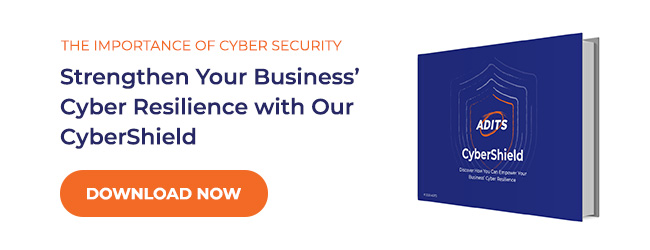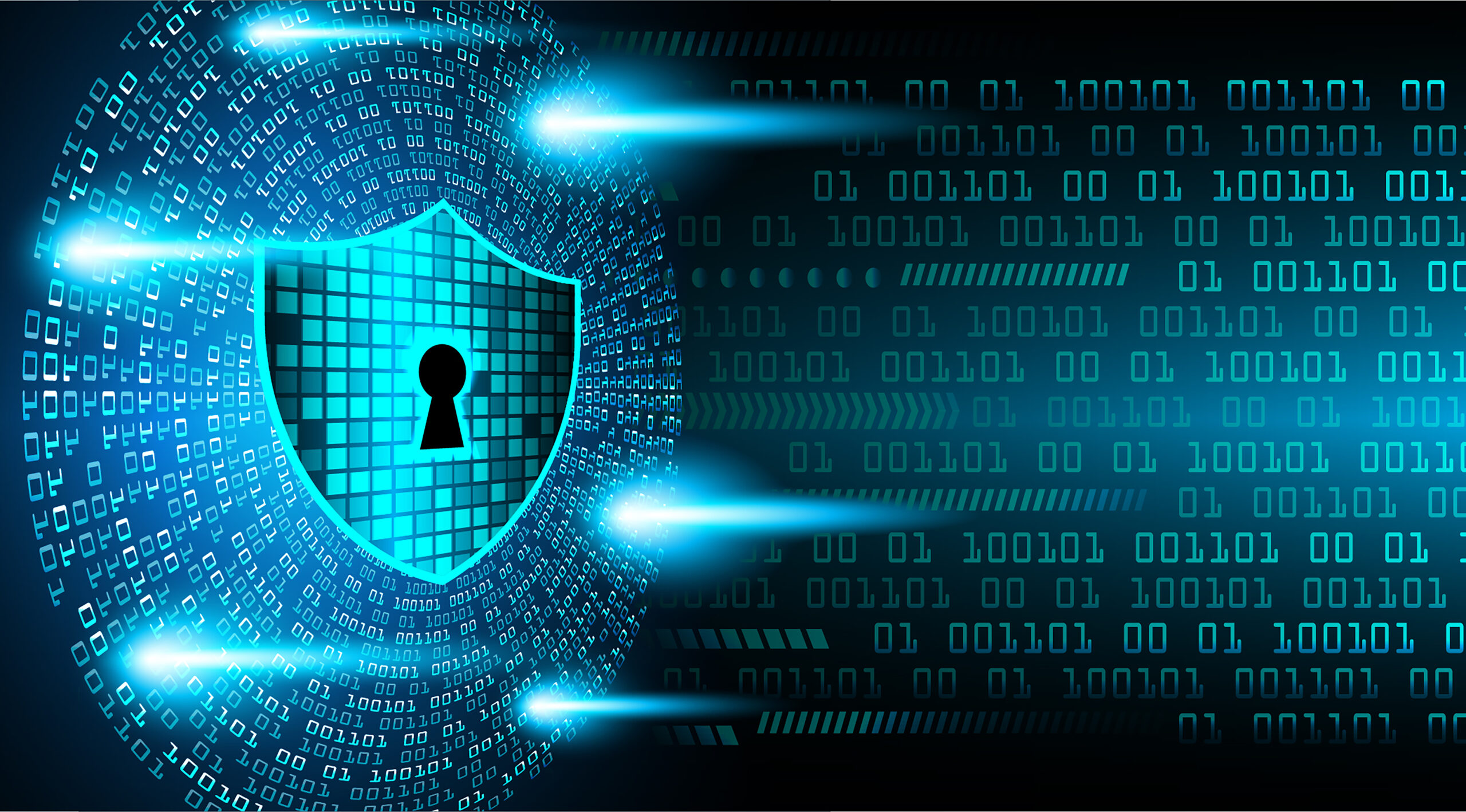5-MIN READ
The Human Element of Cyber Security: How Critical is Cyber Awareness Training?
Technology is now woven into our lives and our work. We are connected from the moment we wake up and check our smartphones, to the late-night emails we send.
But the cyber landscape is full of both opportunities and risks, with human error being the Achilles' heel that often exposes us to threats.
The First Line of Defence is You
Picture this: A well-intentioned employee at a regional health clinic receives an email. A simple invoice reminder from what she thinks is a trusted supplier, nothing alarming. But the email contains a link that says “Click to review your invoice”. Little does she know that the link is in fact malicious and that she’s about to open the gate to cyber criminals. Patient records are now held hostage, and chaos ensues.
This is a typical scenario. The chilling reality is that it can happen to you or any of your employees. Human errors in cyber security are the leading cause of data breaches. In fact, a staggering
96% of data breaches were caused by or involved human error.
How Cyber Defences Fail Through Human Error
Whether it's a weak password or a momentary lapse in judgment, our actions can shape the destiny of our digital infrastructure. How can human error open the gates to cyber threats?
Passivity: In the most successful attacks, threat actors take advantage of people's tendency to become complacent or careless, particularly when performing routine tasks. Attackers are always just waiting to jump at the slightest opportunity. In the infamous Equifax data breach, despite receiving a notice about a vulnerability, Equifax's IT security team failed to patch it promptly. An expired digital certificate further compounded the issue, granting attackers access to sensitive information.
Poor Password Hygiene: Passwords are our first line of defence, but they can also become our weakest link. Employees who use the same weak password across all of their different apps and platforms will increase the business’ vulnerability to breaches. Once attackers gain access to one of your accounts, nothing is stopping them to access sensitive information.
Misconfigured Systems: Just like any other business function, IT is an expertise. Don’t let misconfigured systems be exploited by threat actors. You can run regular security assessments and configuration audits to identify your risks.
Social Engineering: Cybercriminals prey on our trust and curiosity. Your employees could get manipulated into divulging sensitive information outside of the office.
As we navigate the state of cyber security nowadays, we all have these real-world examples of data breaches in mind such as Latitude, Medibank, Nissan and many more. Australian businesses must fortify their defences and this will be made possible by the empowerment of their employees – and it’s not as difficult as some think.
How Cyber Security Training Can Strengthen Your Defences
Cyber security awareness training plays a pivotal role in safeguarding businesses against the ever-evolving landscape of cyber threats. Let’s delve into the significance of such training, explore its key components, and highlight real-world examples of businesses that have successfully fortified their defences through employee education.
The Importance of Cyber Awareness Training
Cyber security awareness training equips employees with the knowledge and skills needed to recognise threats, mitigate risks, and protect sensitive data. Why does it matter?
- Human-Centric Approach: By educating employees, we transform them into a human firewall, strengthening the organisation's security posture.
- Cost-Effective: Effective training reduces the security cost per employee by 52%. Investing in awareness programs not only strengthens security but also saves resources.
- Compliance and Reputation: Demonstrating commitment to cyber security education builds trust among stakeholders, customers, and employees. It also ensures compliance with regulatory requirements.
Key Components of Cyber Security Training
What should your training program cover?
- Phishing Awareness
- Password Hygiene
- Safe Browsing and Social Engineering
- Mobile Device Security
- Data Protection and Privacy
Creating an Effective Cyber Security Training Program
Here are some tips about how you can make your training more effective.
1. Assess Your Needs
The best training for your organisation is the one that’s tailored to your needs and the specific risks you face. How do you assess your cyber awareness training needs?
- Access Rights: Identify employees' roles and responsibilities. Tailor your training based on their access levels (i.e., privileged vs. nonprivileged accounts).
- Legal Obligations: Educate your staff about handling sensitive information and data privacy best practices.
- Threat Landscape: Understand potential threats specific to your industry and organisation. Address these risks in the training content.
- Response Preparedness: Train employees on the appropriate actions to take during a cyber security incident. Define incident response procedures clearly.
2. Engage Your Leadership Team
Obtain buy-in from top management. Clearly articulate the impact of cyber security on business continuity, reputation, and financial stability. Demonstrate the return on investment (ROI) from reduced security incidents and improved compliance. Present concise, data-driven briefings to top management.
The support of your leadership team encourages employee participation. When leaders actively participate and lead the training efforts, employees will follow. Leaders should therefore always grab the chance to emphasise the significance of security awareness. Make sure you provide necessary resources for effective training implementation to support your words with action.
3. Make Learning Interactive
When it comes to cyber awareness training, interactive learning is a game-changer. It can transform passive listeners into active defenders. How can you do that in practical terms?
Customisable Content
Offer training that caters to various skill levels. Not everyone starts at the same point. Then, customise content based on roles and responsibilities within the organisation.
Short, Engaging Formats
Regular quizzes keep employees on their toes. Questions related to phishing, password security, and safe browsing reinforce learning. Also, use short videos with relatable scenarios. For example, a simulated phishing email and how to spot red flags. Visual storytelling is highly effective in capturing attention as well. Animated characters facing cyber threats resonate better than plain text.
Real-World Scenarios
Context always matters. Relate training to everyday situations. Use relevant case studies from other companies when available and share real incidents where employees' actions impacted security. Learning from others' mistakes is powerful.
Feedback and Ratings
After quizzes or simulations, provide instant feedback. Reinforce correct behaviours. Also, let employees rate the training. Their input can help improve future sessions.
4. Provide Regular Updates
Cyber threats keep evolving, and so should your training. Keep your content current and relevant.
Regularly share cyber security tips, recent threats, and success stories via newsletters or similar form of communications. Display posters and visual reminders in common areas. Maintain an accessible online repository of training materials.
5. Opt for Ongoing Training
Regular cyber security training is essential for maintaining a vigilant and security-conscious workforce. Instead of running one annual workshop for half a day, that everyone will forget about really quickly, implement 10-minute monthly programs that employees can do whenever it is convenient to them.
Make cyber awareness training an ongoing journey.
There are ways you can make your training fun and engaging in order to break the monotony as we highlight it in one of our previous articles.
Cyber Awareness Training: Guiding Employees Through to Resilience
Cyber security training is not a luxury; it's a necessity. By investing in employee education, businesses can build resilient defences, protect sensitive data, and stay ahead of the curve. Remember, a well-informed workforce is your strongest line of defence.
Training should integrate with your overall cyber security strategy and we can help you with that. You can review our CyberShield approach, a comprehensive cyber security solution for Brisbane and Townsville businesses.
Together with managed IT, essential security controls, compliance measures, and cyber security services in Townsville, Brisbane, or surrounding areas, we can converge to form your impenetrable shield.
Stay up to date
Subscribe to our newsletter for IT news, case studies and promotions








